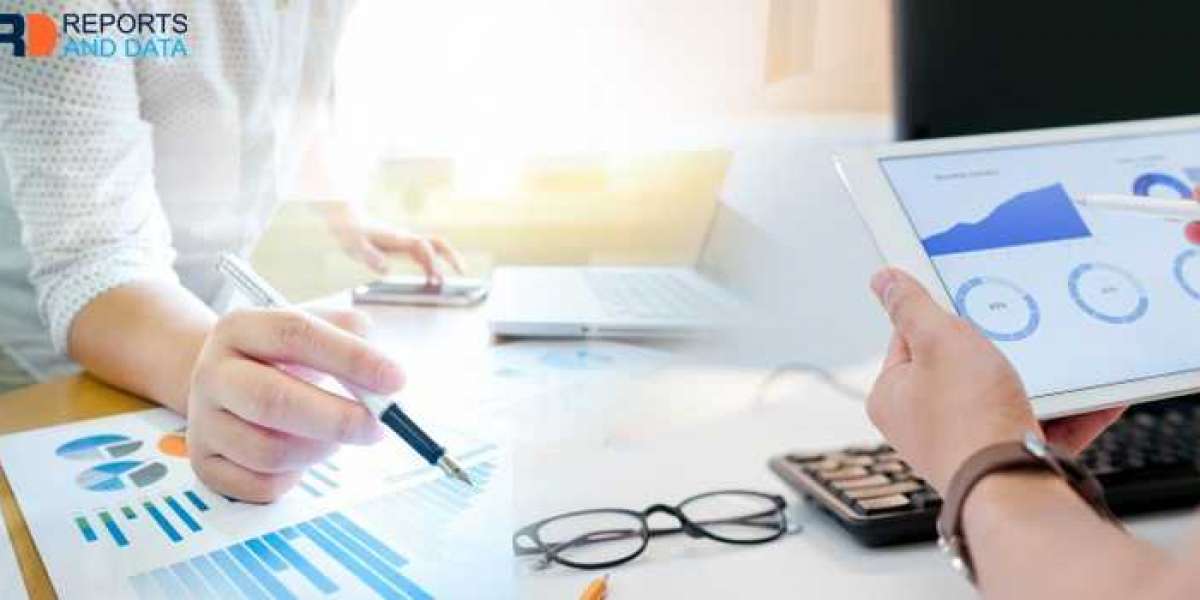When you started your research to find the right packaging for your restaurant, you quickly realized that there was a multitude of different packaging options. Different materials, different shapes, different designs, etc. Depending on your needs, the choice can be complicated. To help you see more clearly, first, you can take a look at our article “How Select The Best Food Packaging for My Restaurant“. Before looking at the specific technical or visual characteristics of your packaging, you must first choose a material. As you may have already seen, the majority of food packaging is made of plastic, paper, aluminium or corn starch. Here, we will focus particularly on plastic containers and paper box lunch containers. Is paper packaging more expensive than plastic packaging? At first sight, we tend to think that paper packaging is more expensive than plastic packaging. Yes, the shortcut between more ecological and therefore more expensive is very often made by us, lambdas consumers. But know that this is not necessarily true. It all depends on the type of packaging we are talking about. In the rest of this article, we will compare 2 types of plastic packaging with a classic paper lunch box. This will allow us to analyse their prices as well as their strengths and weaknesses. The first plastic packaging in which we will be interested in the microwave plastic container and the second is the TAGE plastic container.
Microwave Plastic Container
The microwave plastic container is a rigid plastic packaging. In its form, it is similar to Tupperware. As its name suggests, it is possible to put it in the microwave. It is presented in 2 parts. The first is the main container and the second is the lid. This type of packaging is totally leakproof and food grade. Its price is generally around RM0.40 per piece
TAGE Plastic Container
The TAGE plastic container is made of thinner plastic than the previous one. It is presented in a single block with 2 symmetrical parts. That is to say, the part containing the food is the same as the lid. It also has all the characteristics of a food packaging. That is to say, it is completely leakproof and food grade. As for it, its price is RM0.15 per piece.
Paper Lunch Boxes
Finally, let us talk about paper box lunch containers. As its name suggests, this type of packaging is made of paper, but not just any type of paper. The latter is PE coated which makes it totally leakproof and grease proof. These lunch boxes are also totally food grade. Their price is about RM0.26 per piece.
The Choice Is Yours
Now that we have briefly seen these 3 types of packaging, what makes them different? Mainly their price will you tell me? Indeed, price is an element of decision that cannot be neglected during the purchasing process. But do you have to rely on that alone? The quality of the product is obviously an issue. You may want to choose the cheapest packaging but does the TAGE plastic container really reflect your brand? Is the quality of this packaging in line with the quality of your products?
Each of the packaging presented obviously has its strengths and weaknesses. But to know which one you match, you have to ask yourself what are the values of your brand that you want to present through this packaging.
What is a corrugated box?
You are wondering that what is a corrugated box than we can come up with a single definition that when a flute paper which is made by compressing the Kraft containerboard in the shape of S arch and then sandwiched between the linear board with the help of the adhesive. This sheet is called a corrugated sheet and the box made out of it are called corrugated box.
Why we use corrugated box?
Well, there cannot be one particular answer to this as there are many advantages of using a corrugated box. This lightweight box can provide enough protection against the packed goods. We can look at the following points to understand the advantage of using a corrugated box.
Corrugated box are much stronger than cardboard box
Can be recycled and reused are made of biodegradable material
Corrugated box offers flexibility and are also cost-effective
Sustainable and cost-efficient
Corrugated boxes are easily customizable and provides branding option.
They are cost-effective, lightweight and provide sustainability.
The Corrugated box is designed in such a way that it helps to protect the product from moisture and bacteria.
Thus, is a great option for the packaging of food products ex: – Corrugated pizza box.
Difference Between Corrugated vs Cardboard Boxes
If you considered the cardboard box as same as corrugated box than you are having a lot of confusion in your head. Yes, they are not the same at all. Corrugated box are specially designed for shipping and packaging of larger products such as home appliances, or products which needs to be shipped with great care. Due to its durability, lightweight and product protection it is a better choice over cardboard box.
Cardboard boxes are generally made up of a single layer of sheet with heavy paper-pulp. The Cardboard box is generally used as packaging material in the form of a cereal box, greeting boxes, food products, etc.
The main difference between corrugated box and cardboard box is the process through which they are built. Though the raw material used in the manufacturing of both type of boxes is the same. The construction is pretty much different, the corrugated box usually consists of 3 or more than 3 layers of linear board with a flute sandwiched between them which increases the overall durability of the box. Whereas the cardboard box is made of a single sheet of heavy paper-pulp which is less durable as compared to corrugated boxes.
Plastic Bags
A major advantage of plastic bags is that, when compared to other types of shopping bags, producing them carries the lowest environmental toll. The thin, plastic grocery store bags are most commonly made from high-density polyethylene (HDPE). Although production of these bags does use resources like petroleum, it results in less carbon emissions, waste, and harmful byproducts than cotton or paper bag production. Plastic bags are also relatively sturdy and reusable. Many of the studies about different bagging options that show plastic bags production demands less resources assume plastic bags are used at least twice—once coming home and once as a trash bag—and factor this into the calculations about which bags are more sustainable.
Plastic bags are recyclable, though few people recycle them. Recycling plastic bags is a difficult task; they fly away in the recycling plant and get stuck in machinery. Because of this, many cities do not offer curbside recycling for plastic bags. Instead, large-scale retailers offer bag recycling services. However these services are dependent on the consumer bringing the plastic bags back to the store.
Bags that are not recycled end up becoming litter, because they do not biodegrade. In addition to filling up landfills and becoming eyesores, plastic bags that become litter endanger many facets of the environment, including marine life and the food chain. This is because plastic bags, like all plastic materials, eventually break up into microscopic pieces, which scientists refer to as microplastics. Microplastics have been found nearly everywhere: in marine animals, farmland soil, and urban air.
Though scientists have only just begun studying the consequences of microplastic proliferation, and we do not yet know their effect on animals, humans, and the environment, scientists are concerned about how this level of plastic pollution could change our planet. The studies that found plastic bags to be less harmful to the environment than paper and reusable bags did not take effects of litter into account and instead assumed that the plastic bags would be recycled or used as trash bags.
Paper Bags
Paper bags have some advantages over plastic bags when it comes to sustainability. They are easier to recycle, and, because they are biodegradable, they can be used for purposes like composting. However, paper is very resource-heavy to produce: Manufacturing a paper bag takes about four times as much energy as it takes to produce a plastic bag, plus the chemicals and fertilizers used in producing paper bags create additional harm to the environment.
Studies have shown that, for a paper bag to neutralize its environmental impact compared to plastic, it would have to be used anywhere from three to 43 times. Since paper bags are the least durable of all the bagging options, it is unlikely that a person would get enough use out of any one bag to even out the environmental impact.
Still, the fact that paper is recyclable helps lessen its impact. In 2018, 68.1 percent of paper consumed in the United States was recovered for recycling, a percentage that has been rising in the last decade. However, because paper fibers become shorter and weaker each time the recycling process takes place, there is a limit to how many times paper can be recycled.
Plastic cards, which today are already considered outdated, were not a thing not long ago. Even physical money - cash had to be born for a list of specific reasons. Before the invention of money, as a universal means of payment, people had a different approach to the process. Services and products were exchanged among the members of the commune. It successfully served the purpose for a long time, but when the world became more global, the need for more convenient methods arose. To trade goods between different groups, the universal payment method was needed. That is exactly how the first metal coins were invented. At first, they were made either from gold or silver to highlight their value. However, as money became more widely used, precious metal coins became simply metal coins. This was followed by the introduction of paper banknotes. The primitive ones were very basic pieces of paper with the value indicators on them. However, due to safety concerns and possibilities of crime, layered security systems were introduced and advanced for them.
Whether we are talking coins or paper banknotes, cash, physical money remained unchanged for thousands of years. Despite their development, the system maintained its principles and worked the same way for a long time. This changed in the mid 20th century when the first plastic cards were introduced in 1950. This was a credit card, a completely innovative technology for that time. Later in 1966, the world’s first debit card was launched as well. However, neither one of them gained popularity until the 1990s. This was the era of credit cards and international phone calls. Cashless payments became widespread in the United States first, followed by other developed nations later, including the United Kingdom. From that period, plastic cards have become a part of our reality. We pay and get paid using them. Having one is almost a necessity for a modern human.
One other thing that the global spread of the internet brought is online shopping. Yes, the talk is about web stores where almost anything can be purchased. However, mentioning online trading is also important. On Forex trading platforms, anyone is able to purchase, sell or exchange currencies. They have become so popular that authorized FCA Forex brokers are quite common these days. Plastic cards also played a crucial role in shaping the trading platforms online, as a means of payment. However, the birth of cryptocurrencies has already reduced their importance in the field.


